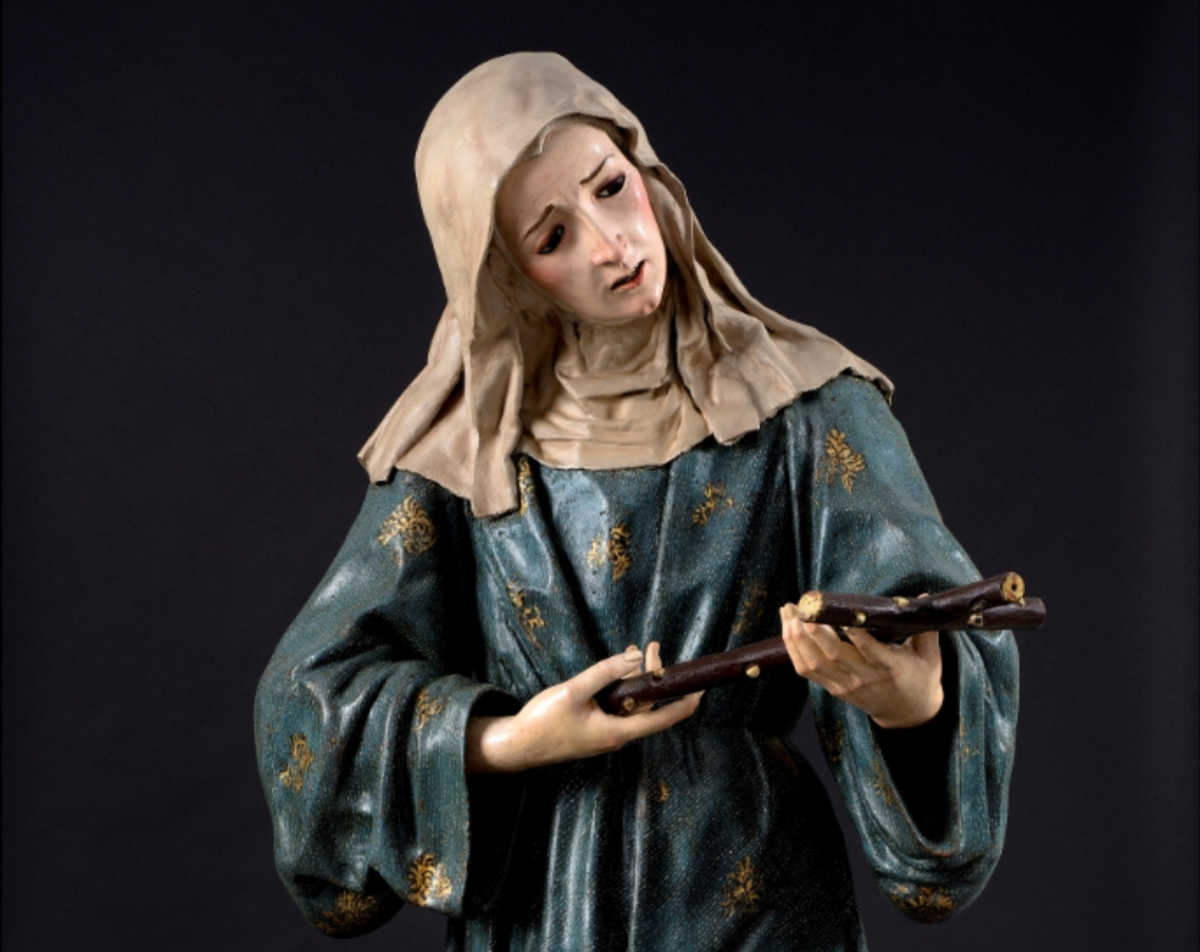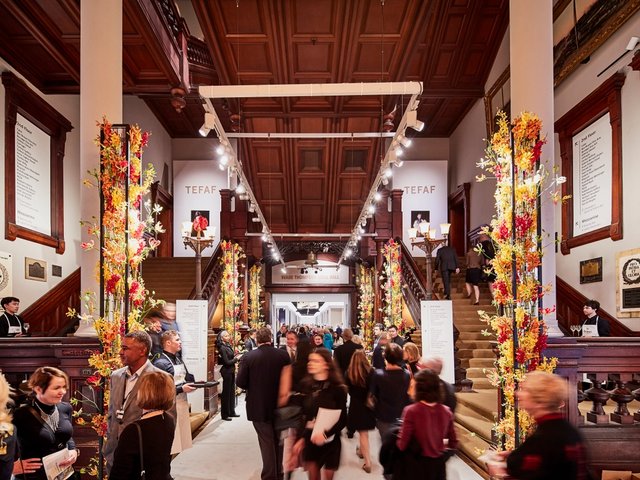Spain’s national police are investigating whether a 17th-century wooden sculpture of a saint, which was shown at the Tefaf fair in New York in November, was illegally sold by a convent of nuns in Grenada, according to the newspaper El Pais. A local resident alerted the authorities after recognising that the statue, which stood above the altar in the church Our Lady of the Angels before it closed in 2018, pictured in a catalogue for the fair.
The work offered in New York by the Madrid-based dealer Nicolás Cortés was identified as a sculpture of the Italian saint Margarita de Cortona by the Baroque sculptor José de Mora, and priced at €350,000. Cortés told El Pais he bought the sculpture at the end of 2017 from an antique dealer for €100,000. The dealer says he was told it came from a private collector. “I wouldn’t think of going to a convent to buy because it’s illegal,” Cortés said. The dealer has presented the purchase invoice and export permit to Spanish authorities.
Sister Josefa, the mother superior of the convent, claims the work listed by Cortés is a different sculpture, pointing to the positioning of the left hand, and that the church still has its statue, although she would not disclose its location. “In the convent there was no such image with that title,” Josefa told El País, adding that the one for sale had been confused with a statue of St Rose of Viterbo by an unknown artist.
However, the sculpture was identified by the scholar Antonio Gallego y Burín as a work by José de Mora in 1953, and published in Granada: artistic and historical guide of the city. And a professor of history at the University of Granada, Lázaro Gila, who has documented all the convents of Granada, told El País he has no doubt that the figure is the same, and that de Mora did not make the same sculpture twice.
Conservation experts interviewed by the Spanish newspaper also are convinced it is the same sculpture, since the folds and design details of the mantle, which cannot be altered due to the risk of damage of the original polychromy, match exactly. The conservators also noted that the positioning of the hands could have been easily altered and Cortés’s gallery confirmed that the statue's left hand had been readjusted.
In December last year, the same man who spotted the saint alerted authorities that several works from the convent were being sold in nearby antique stores for several thousand euros a piece. In his most recent complaint, the man says that “sacred artistic heritage is threatened with silent plunder, and it is necessary for the Spanish state to take action on the matter”.




